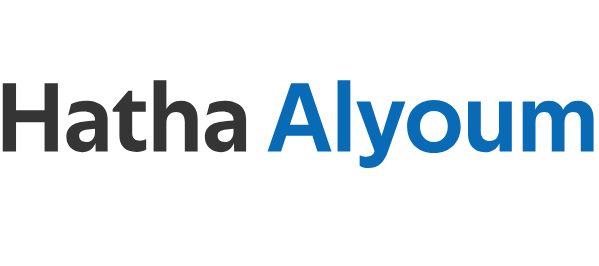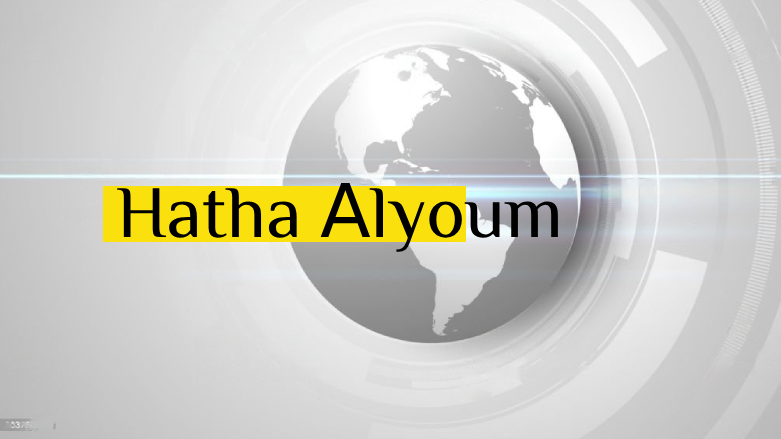Eid al-Fitr 2025: When is it and everything else you need to know
Muslims across the world are preparing to celebrate Eid al-Fitr, the festival which marks the end of Ramadan.
Eid al-Fitr, which literally translates to "the festival of breaking the fast," is a time when Muslims celebrate with their loved ones after a month of abstaining from food and drink between dawn and sunset.
They spend the day feasting, taking part in fun activities and exchanging gifts; but also reflecting on their spiritual progression after spending Ramadan seeking to purify their souls, increasing their self-control, and strengthening their connection with God.
This year's celebrations are likely to be overshadowed by Israel's devastating war on the Gaza Strip, and its repeated attacks on Lebanon and Syria. The US-led attacks on Yemen will also be the focus of many worshippers.
In Gaza, Israel's ongoing siege and bombardment means there will be little to celebrate. Israel has killed at least 50,000 Palestinians there since October 2023.
Here, Middle East Eye answers some of the most asked questions about the holy month.
When is Eid 2025?
This year, Eid will be marked on 30 or 31 May, depending on the sighting of the new moon.
The date of Eid changes every year, as the Islamic lunar calendar is 11 to 12 days shorter than the solar calendar.
Eid also signals the first day of Shawwal, a new month in the Islamic calendar.
Officials and enthusiasts in Muslim majority countries spend the last nights of Ramadan observing the evening sky in an attempt to sight the new moon and announce the start of Eid.
Some countries may celebrate Eid on different days depending on the sighting of the new moon in their country.
Is Eid a public holiday?
Eid is a multi-day public holiday in many Middle Eastern countries, such as Egypt, Saudi Arabia, and the UAE, as well as places beyond the Middle East, like Indonesia, Pakistan, Malaysia, Afghanistan, and Malawi, among others.
Typically this means three days off but governments are known to declare more days off on occasion.
Most shops, businesses and organisations may be closed or have altered opening times during the celebration to allow families to celebrate with their loved ones.
Eid is not a public holiday in the UK and the US, despite efforts by the community. However, in areas where there is a high population of Muslims, some business may choose to close or open later in the day.
Some Muslims may request to take the day off in order to spend it with their close friends and family.
What are some Eid traditions?
Every country and every family celebrates Eid differently, but there are some key festivities that are common.
Eid is meant to be a time of celebration and spending quality time with family and friends. Typically, Muslims will wear new clothes, either traditional dress or the best clothes that they own.
Homes are decorated elaborately and intricately to welcome the occasion.
People will visit others and spend time with family and friends throughout the day, often exchanging gifts.
Others also use the occasion to visit graveyards and pay their respects to loved ones who have passed away.
How much money do Muslims give to charity?
One of the key elements of Eid is Zakat al fitr, meaning "charity of breaking the fast", which must be paid before the end of Ramadan or Eid prayers.
Zakat al-fitr is a one-off payment, usually in the form of food or its monetary equivalent to the value of about £7 ($9) which allows the less fortunate to celebrate Eid.
The donation is intended to absolve the donor from any shortcomings they committed during the holy month and act as a form of thanks to God for allowing observance of the fast.
All Muslims must pay this amount, regardless of age or gender, so long as they possess enough to feed themselves. The head of the family will pay on behalf of any children or dependants.
What do people eat at Eid?
After a month of fasting everyday, it’s no surprise that Eid largely centres around food. The most decadent and lavish spreads are typically on offer.
However, given the situation in Gaza, many Muslims will be holding more muted celebrations.
Traditionally, one quintessential treat is kahk, a sugar cookie with a shortbread-like texture that can have many different fillings, such as date paste, mixed nuts, agameya (ghee, honey, sesame seeds) and Turkish delight, dusted with icing sugar. It can also be left plain with no filling.
Baking kahk is a key social activity in the Middle East, as families gather the night before Eid to cook and decorate while bakeries are inundated with orders. In Egypt, kahk is so beloved that people have renamed the festival Eid al-kahk, meaning “celebration of kahk”.
Another favourite is qatayef, a fluffy golden brown pancake stuffed with sweet cream and nuts and doused in syrup.
Finally there is kunafa, the hallmark dessert of the Middle East, which is eaten copiously. Those more adventurous experiment with this sweet and syrupy dessert, adding different toppings including fruit and nuts to chocolate and cream.
Usually, families will spend Eid visiting other relatives and friends, and taking gifts and food.
Why are there two Eids? What's the difference?
Eid al-Fitr, as explained above, comes at the end of Ramadan and celebrates the breaking of the fast.
Eid al-Adha, which means "festival of the sacrifice" is approximately two months after Eid al-Fitr and is culturally considered a bigger event.
It coincides with the Islamic pilgrimage to Mecca in Saudi Arabia, known as Hajj, which every Muslim is expected to undergo at least once during their lifetime, if they are physically and financially able.

